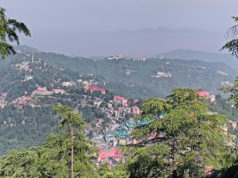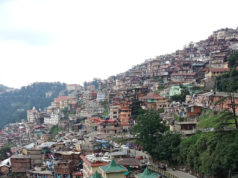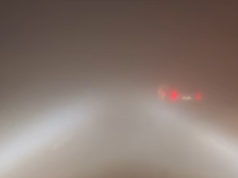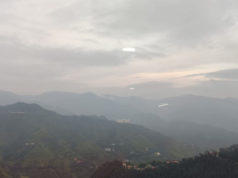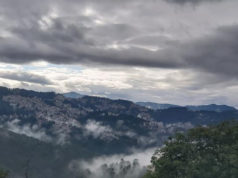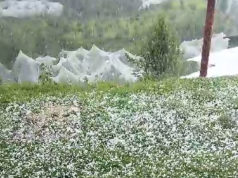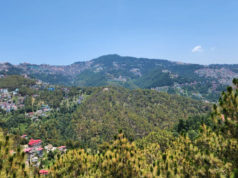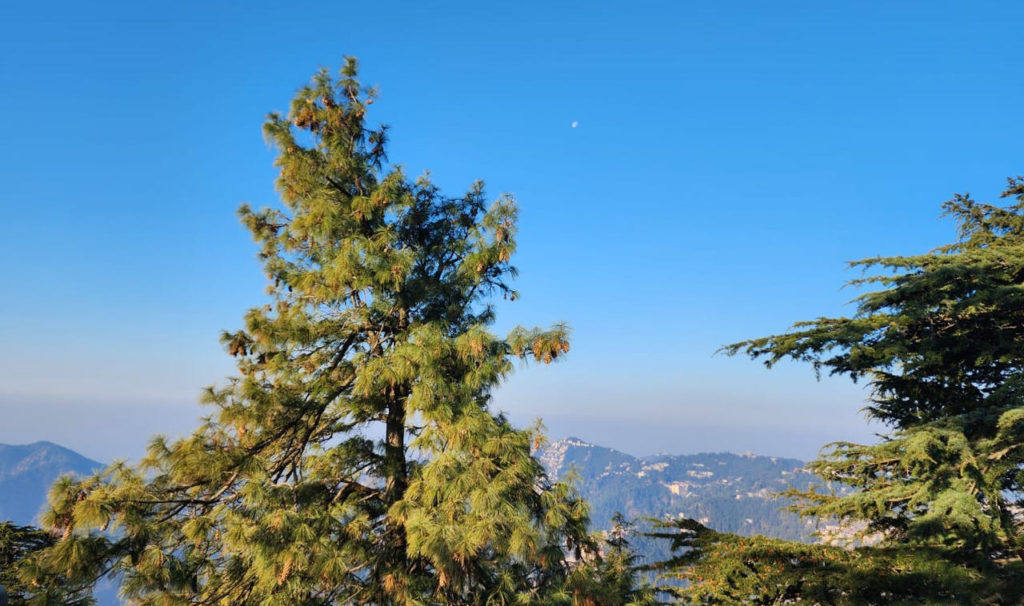
Shimla – In an unexpected turn, the eagerly awaited New Year’s snowfall in Himachal Pradesh is now shrouded in uncertainty as the Western Disturbance (WD) weakens over the region. The latest bulletin from the Meteorological Center Shimla dashes hopes for immediate snowfall, indicating a negligible possibility until January 8-10.
Earlier predictions by the Meteorological Department suggested a 72-hour snowfall window starting December 31 and continuing into January 1. However, the weakening Western Disturbance has led to a revision in the forecast. Dr. Surendra Pal, Director of Meteorological Center, Shimla, confirmed the change, stating that the weak WD makes snowfall improbable in the mountains until the second week of January. Currently, Kumkusari registers a bone-chilling minus 8.9 degrees Celsius.
Over the last 24 hours, temperatures in most cities have plummeted by two to three degrees. Dalhousie witnessed the most significant drop, with temperatures falling by 5.2 degrees, closely followed by Shimla, where the mercury dipped by 2.4 degrees. The current temperatures stand at 5 degrees in Shimla and 5.5 degrees Celsius in Dalhousie. Recagpio and Solan record temperatures of -1.7 and 3.0 degrees, respectively. In Kalpa, temperatures remain at -1.2 degrees Celsius, just above the normal range. Typically, Kalpa experiences sub-zero temperatures in the last week of December, making this deviation a cause for concern.
This unforeseen weather pattern poses a threat to Himachal Pradesh’s tourism industry, the apple industry and agriculture. Snowfall is a crucial factor for these sectors, acting as a lifeline. The absence of snowfall translates to losses amounting to crores, and the state has already grappled with the aftermath of record-breaking drought and rain last winter.
As the winter season kicks in, thousands of tourists from across the country flock to the mountains in anticipation of witnessing snowfall. The early forecast by the weather department had raised hopes for a picturesque New Year celebration in a snow-covered landscape.
Typically, the last week of December sees high peaks in Shimla, Manali, Mandi, Dharamshala, Chamba, Kinnaur, and Lahaul Spiti draped in snow. However, this year, except for select areas in Lahaul Spiti, snowfall has been scarce. Consequently, tourists are converging on Sissu, Kokkar, and Rohtang in Lahaul Spiti, but even there, the snow cover is thinning rapidly due to daily sunshine.
The implications of a snowless winter are far-reaching, affecting not only Himachal Pradesh but also the downstream states of Punjab, Haryana, Delhi, and Rajasthan. These regions rely on water from Himachal for agriculture, and without snowfall, the glaciers won’t recharge, impacting water availability during the summer months. As Himachal Pradesh anxiously awaits a change in weather fortunes, the broader ecological and economic consequences of this meteorological shift remain a cause for concern.


